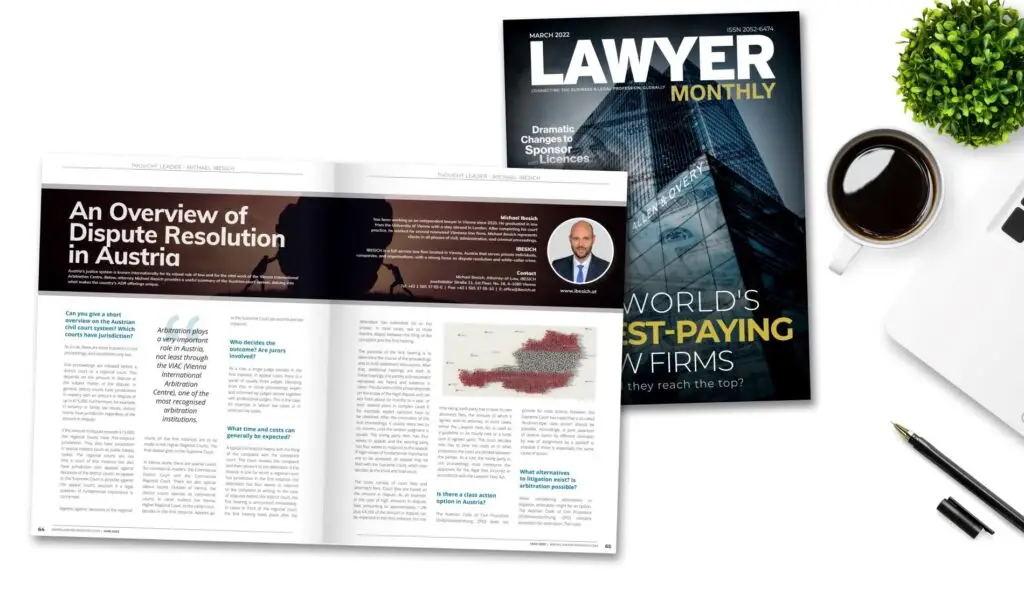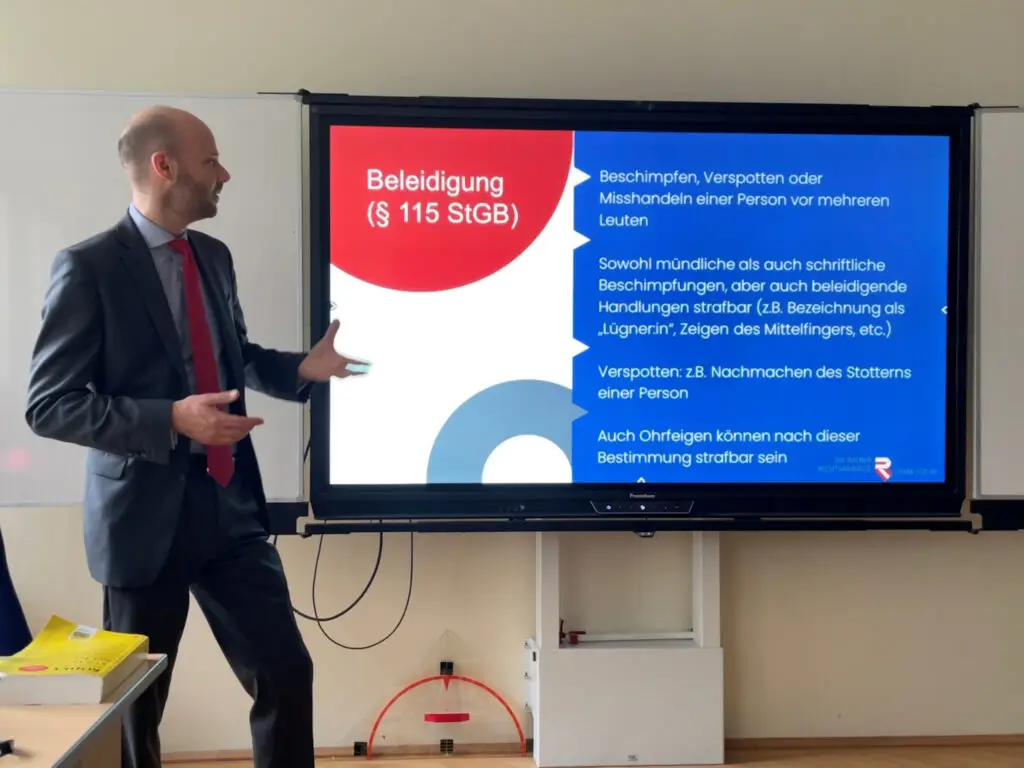While the two-party system applies in contentious proceedings, non-contentious proceedings can involve a single party, two parties or multiple parties. Unlike in contentious proceedings, there are therefore no other parties to the proceedings, such as joint litigants or intervening parties.
Both the plaintiff and the defendant are parties to the non-contentious proceedings (parties in the formal sense). In addition, any person whose legally protected position is directly affected by the decision is also a party (party in the substantive sense). Persons who are to be included in the proceedings on the basis of statutory provisions are also parties to the proceedings—a distinction is made between legal parties (e.g. in parentage proceedings the parent who is not affected) and official parties (e.g. the Federal Competition Authority and the Federal Cartel Prosecutor in cartel matters).
For the legal position in the proceedings, it is irrelevant whether one is a formal or a material party—both have the same rights.






